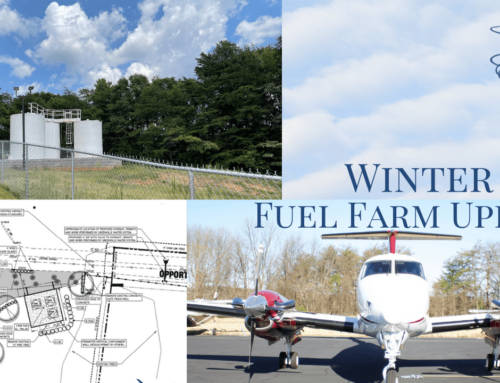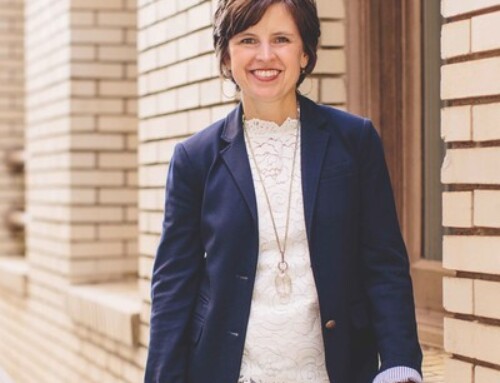Here we go again; the President’s administration has targeted business aviation with a proposed $100 per-flight fee to be imposed on corporate jets and other turbine-powered & business aircraft that use the U.S. air-traffic system.They say these fees will raise an estimated $11 billion over the next 10 years from the private aircraft that don’t pay their fair share. Will it? Or will it delay the purchase of new aircraft and further depress a struggling industry.
While the President continues to demonize the users of Business Aviation, the administration fails to acknowledge that over 60% of the air-traffic system is paid for by aviation excise taxes, which include the fees on airline tickets and aviation fuel. According to the Department of Transportation, about $10.8 billion was raised from theses taxes and fees last year. They want you to believe a disparity exists between what airlines and their passengers pay into the system and what users of private aircraft pay. While a disparity may exist, the airline industry doesn’t tell you they are exempt from the fuel taxes that are otherwise collected. They like to draw a comparison between the thousands of dollars in fees and taxes paid per airliner, compared to the hundreds collected from the private aircraft. They fail to let you know that the passengers on both planes pay about the same in fees on a per person basis. You could draw a similar comparison between the busses and cars on the road. The ìrank & fileî have to ride the bus, while the fat cats get to drive their cars. Let’s charge $100 per car for the privilege of using the highway system. They won’t mind and they can surly pay…Yet we all pay the same fuel and use taxes, and fees. The passengers that ride the bus pay a tax on the ticket. But wait, the bus company gets a refund on the fuel tax…Now who is paying their fair share? Collecting the new fees would require a costly new bureaucracy and that is not something we need as the government finally tries to tackle tremendous debt & spending. They won’t tell you studies as well as experience in other countries with fees of this nature indicate this is the least efficient way to collect revenue from users. The process alone will require another IRS-like bureaucracy that will use up most of the revenue and more will need to be paid in just to support the collection infrastructure. Very little funds will be available to actually fund the air traffic system.




Leave A Comment